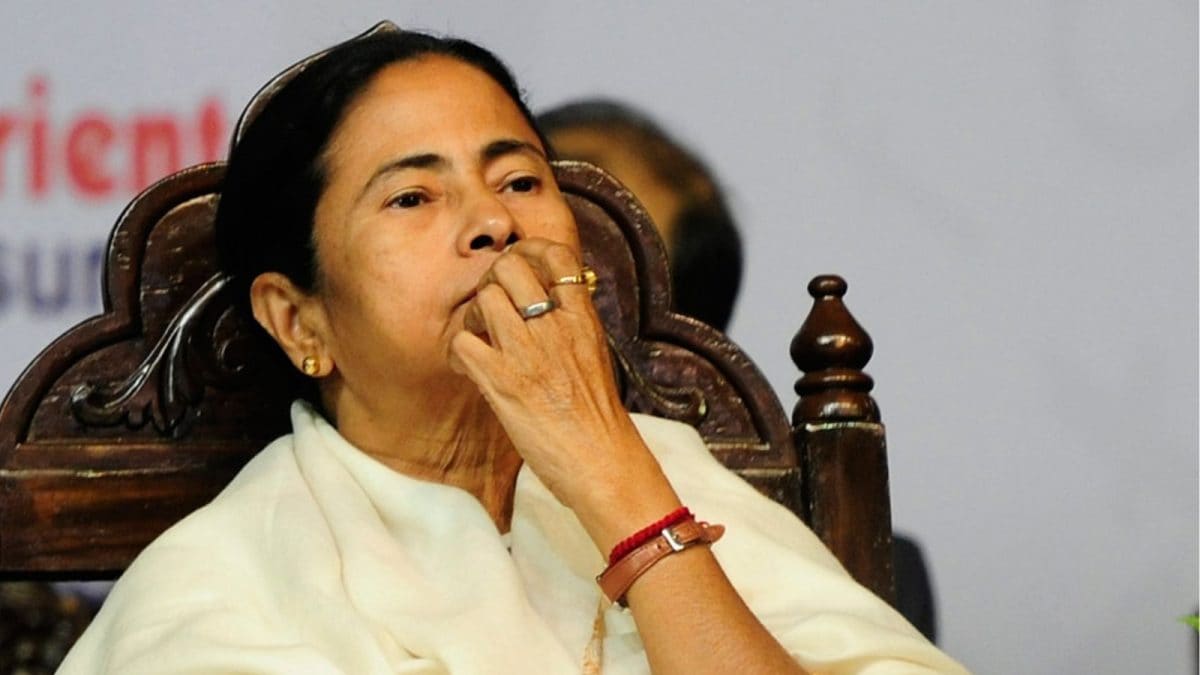As Omicron Variant Spreads, Inflation Can be the Big Worry for Indian Economy

As the new Covid-19 variant Omicron threatens to disrupt economic activities once again, Indian economy is going through worrying trends of upward inflationary pressure. Year-on-year Wholesale Price Index (WPI) inflation rate has gone up to 14.23% (Provisional) in November 2021, compared to 2.29% in November 2020. This upward trend is primarily fuelled by sustained high prices of products in manufacturing and fuel and power categories (Figure 1).
Inflation rate in primary articles was below 6.00% level till October 2021, but jumped to 10.34% in November. This is due to a general rise in prices of food items (from primary articles group) and food products (part of manufactured products) in this month. Annual inflation in food index jumped from 3.06% in October 2021 to 6.70% in November.
Beleaguered fiscal situation of the central and state governments in post-pandemic era has been partially buffered by regular increase in taxes on petroleum products. Central excise duties and state sales tax (or VAT) make up roughly 50% of the retail prices of petrol and diesel all over the country. While the revenue collection provides a cushion for deteriorating balance sheets of central and state governments, continuous rise in LPG, petrol, and high speed diesel (HSD) prices was bound to affect the overall inflation at some point of time. It is happening now.
Fuel and power category has 13.15% weightage in all commodities WPI. Use of fuel and power, however, is universal to almost all economic activities. So, fuel inflation has spillover effects on products in other categories.
Manufactured products have the highest weightage in overall WPI at 64.23%. In last six months, inflation in this category remained well above 10.0% level. In last three months, inflation in manufactured products has been around 12% (Figure 2). This is a real worrying aspect.
Inflation in fuel and power category products have been on the upswing since July 2021. The rate of increase accelerated after September. Additionally, inflation in primary articles jumped from 5.20% in October to 10.34% in November 2021. All these made the overall inflation breach the 14% level in November (Figure 2).
Within manufactured products, basic metals, vegetable and animal oils and fats, textiles, paper and paper products, chemicals and chemical products, rubber and plastic products are the sectors experiencing high amount of inflation in recent times. Inflation rate in vegetable and animal oils and fats was 43.58% in June 2021, climbed down thereafter but still at 23.16% in November. Basic metals are also under inflationary pressure—29.09% in June and 29.06% in November (Figure 3). In basic metals category, semi-finished steel inflation was 23.85% in October 2021 and 19.40% in November. Steel being one of the important indicators of economic revival, this upward pressure on its prices is bad news for the economy.
November Consumer Price Index (CPI) inflation stood at 4.91%, and Consumer Food Price Index (CFPI) has been at much lower 1.87%. So, there is a wide gap between the WPI and CPI inflation. This divergence persisted in this financial year. In the period since April 2021 till November 2021, the wholesale inflation was 12.2% while CPI or retail inflation was 5.2 percent.
Why is wholesale inflation not getting reflected in retail inflation?
Food and beverages have a larger weightage in CPI (54.18%) than WPI (24.38%). Food prices in 2021 have increased at a slower pace than 2020. This is due to the high base effect in this category of products. Between April and November 2020, food inflation was 9.9% but in the same period in 2021 food inflation is 2.8%.
Food prices were already on the higher side in the beginning of 2021. Weightage of food products is more than double in CPI measurement, compared to WPI. Therefore, a high base effect till now dampened the food inflation factor in CPI. This, however, is going to change December onwards as December 2020 food inflation was at 3.4%. The current WPI series starts from April 2012, and 14.23% is the highest in this series till now. CMIE has a spliced WPI series that starts at April 1983, and incidentally November 2021 WPI inflation is the highest since April 1992 when it stood at 13.8%. So, WPI inflation in November 2021 was at a 30-year high.
As new Covid-19 variant Omicron spreads across the world reigniting fears of more economic disruptions, this inflation looks ominous for the Indian economy. Revival of the economy is crucially dependent on soft interest rates, particularly the lending rates for small- and medium-sized manufacturers. So, any inflationary pressure and thereafter raising of interest rates to deal with it would jeopardise the recovery of the already limping economy. Assuming this inflation as transient and temporary in nature may prove to be a costly policymaking folly in 2022.
The article was first published in ORF
The writer is Senior Fellow with ORF’s Economy and Growth Programme. The views expressed in this article are those of the author and do not represent the stand of this publication.
Read all the Latest News, Breaking News and Coronavirus News here.
Source link









